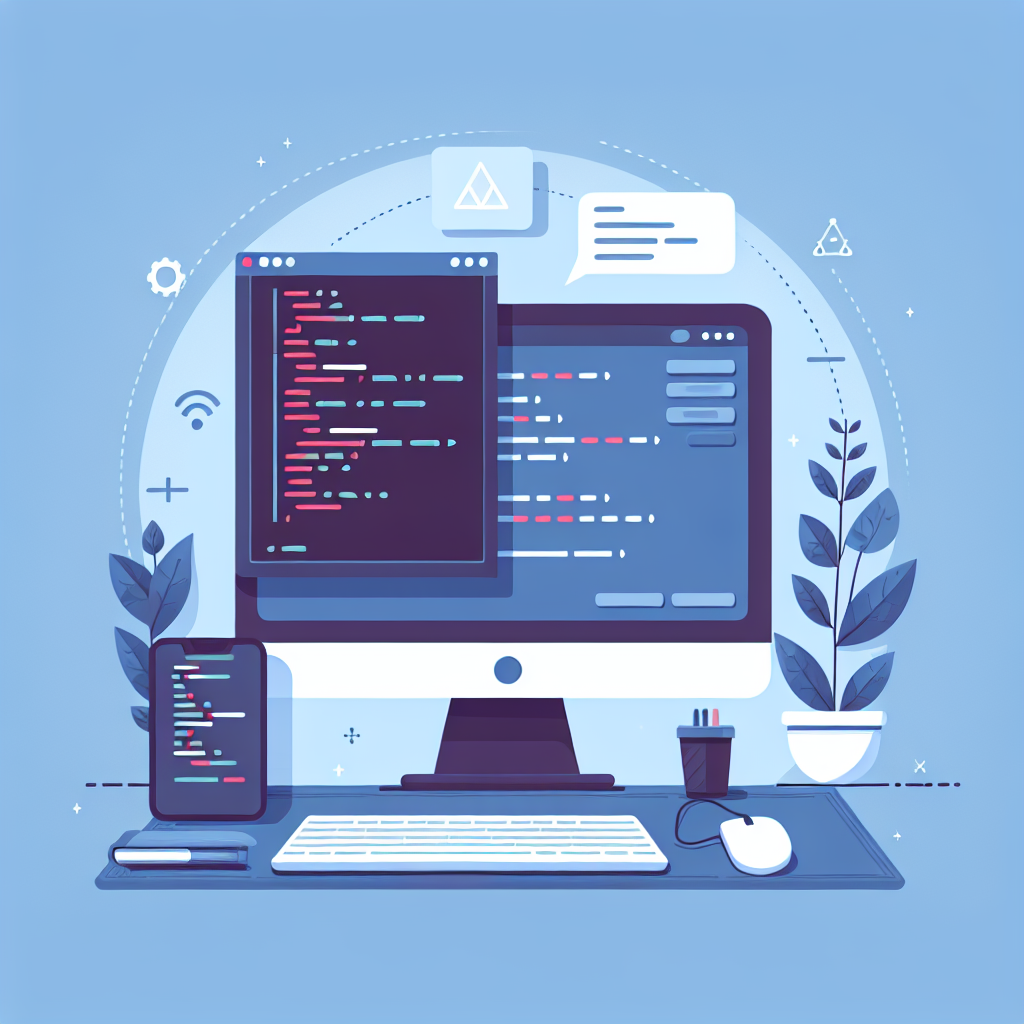Boost Productivity with Julia Code Debugger Tool
Unlock the full potential of your Julia code with our powerful debugger. Streamline debugging, enhance performance, and simplify error tracking effortlessly!
Code to Debug
Debug Results
Output will appear here...
The Julia Code Debugger is a powerful tool designed to streamline the debugging process for developers working with Julia programming language. With features like real-time error detection and interactive debugging sessions, it enhances productivity and code accuracy. Ideal for data scientists and software engineers, this debugger supports efficient problem-solving and optimizes performance in complex computational projects.

Julia Code Debugger: Streamlining Your Julia Development Link to this section #
Enhance your programming efficiency with the Julia Code Debugger, an essential tool for developers working with the Julia language. This debugger simplifies the process of identifying and resolving code issues, ensuring smoother and more efficient coding sessions.
Key Features Link to this section #
- Interactive Debugging: Step through your code line-by-line to identify issues in real-time.
- Breakpoints: Easily set breakpoints to pause execution, allowing detailed inspection of variables and program flow.
- Variable Inspection: Examine the state of variables at any execution point to understand unexpected behavior.
- Call Stack Navigation: Traverse the call stack to analyze the sequence of function calls leading to a specific state.
Getting Started Link to this section #
To integrate the Julia Code Debugger into your workflow, install it via Julia's package manager. Open the Julia REPL and execute:
using Pkg
Pkg.add("Debugger")
Once installed, initiate the debugger by wrapping the @enter macro around your function call:
using Debugger
function example_function(x)
y = x + 1
return y * 2
end
@enter example_function(3)
This setup allows you to step through example_function, observing how x transforms as the program executes.
Benefits Link to this section #
- Error Reduction: Quickly pinpoint and correct errors, leading to more reliable code.
- Performance Optimization: Identify bottlenecks and optimize code performance efficiently.
- Enhanced Learning: Ideal for educational purposes, helping programmers understand the flow and structure of Julia programs.
For further reading, consider exploring the JuliaLang documentation and the Debugger.jl GitHub repository for advanced usage and community support.
Integrating the Julia Code Debugger into your development process not only improves code quality but also accelerates the development lifecycle, empowering you to deliver robust Julia applications.
Frequently Asked Questions
How do I install a debugger for Julia?
To install a debugger for Julia, you can use the Debugger.jl package. You can install it by running the command `using Pkg; Pkg.add("Debugger")` in the Julia REPL. Once installed, you can start using it to debug your Julia code.
What are the basic commands for debugging in Julia?
In Julia's Debugger.jl, you can use several basic commands: `n` to step to the next line, `s` to step into a function, `c` to continue execution until the next breakpoint, and `q` to quit the debugger. These commands help in navigating through the code during a debugging session.
Can I use breakpoints in Julia debugging?
Yes, you can set breakpoints using the Debugger.jl package in Julia. You need to use the `@bp` macro before the line where you want the execution to pause. This allows you to inspect variables and control the execution flow when debugging complex code.